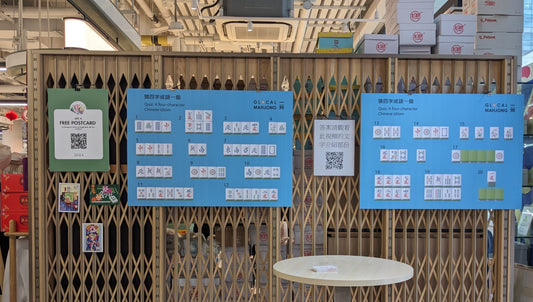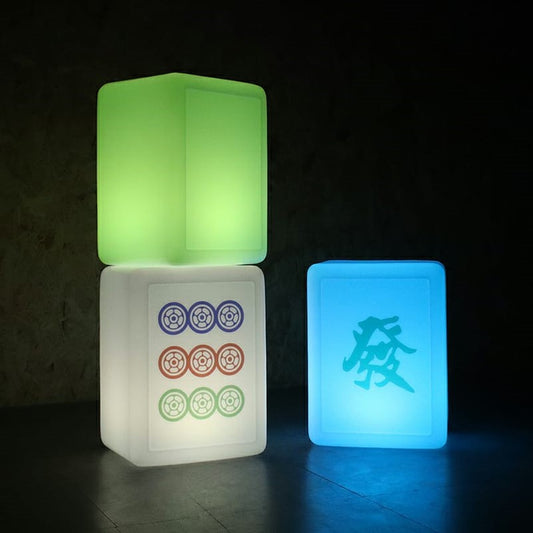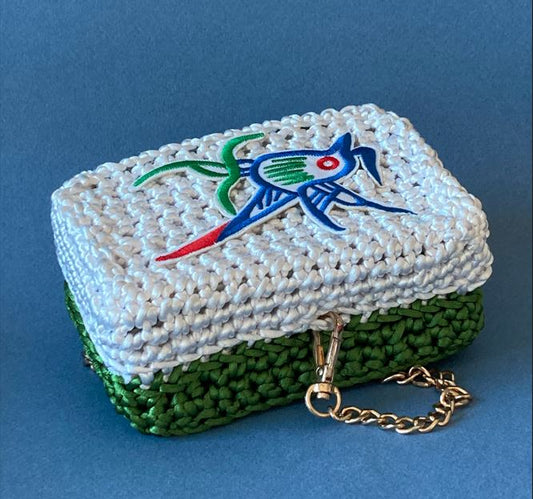Mahjong X Emoji
While July 17, World Emoji day is coming up, let’s do another fun topic, Mahjong cross-over emoji.
We promote mahjong as a healthy social game with high cultural content. In an age when people are distanced by technology, mahjong is particularly relevant as it connects people and makes them meet face to face around the table, at which people not only communicate with words but are also able to see each other’s facial expressions which reveal their emotions.
Today we often text each other via what’s app, email or share posts on other social media platforms. Without emotion, words become very cold and impersonal. Sometimes, it could even lead to misunderstandings and quarrels. To infuse words with feeling, Emoticon and Emoji were invented. In 1982, emoticons were first put into practice by the computer scientist Scott FahlmanIn, and in 1999, 176 emojis were curated as a feature for mobile phones by Shigetaka Kurita for the Japanese brand NTT DoCoMo. Mr. Kurita humbly denied being the designer of these emojis, but drew inspirations from various sources from Japanese manga, weather and street sign pictograms to Chinese characters. The happy smiling yellow faces we commonly see were claimed to be intellectual properties of the Smiley Company, which was challenged in earlier court cases.
Often misconceived, the word emoji is not a word derived from the English word, emotion. It is just a happy coincidence. It is actually made up of the Japanese word for Picture, e 繪 and Moji 文字。And the word emoji means all forms of icons, not only facial expressions. Since its appearance, it has been so well received by people and now has grown to about 3000 in numbers and its designs vary from creator to creator. In order to make these icons translatable across platforms and countries, they were standardised as Unicode since 2010 so that the same meaning can be read even they are slightly different in design.
According to statistics, people found message senders adding emoticons or emojis into their text are much more approachable. I believe I do not need to give you all the figures to prove how important these emotional symbols are in our daily communication simply with the fact “the face with tears of joy” was named as “the word of the year” in 2015 by Oxford Dictionaries.
To me, emojis are not only icons, they are great lessons for me as an artist. Versus words, images deliver messages much more intuitively and effectively. Kids can read picture story books well before they command any language. As someone who love paintings, in particular drawing people and portrait and some who appreciate things that create big impacts with little means, (in Chinese, we called these 四兩撥千金 or 好絕), I put special effort to learn cartoon. With just a few lines and shapes, emotion is delivered to the audience independent of their origins. Simply by the shape of the eyes, eyebrows, mouth, a hand, you can tell it is happy, sad, surprised, angry, bored, thinking and etc. With these knowledges, I can understand why a painting evokes certain feeling in me and at the same time, I can share better my thoughts and feelings with my audience through my paintings.
For fun, I have created a set of mahjong emojis to show how mahjong is a good medium for creativity. They were made into bags and T-shirts. Actually, I am not the first one to see mahjong icons as pictograms we have terms like “smile like the character four”四萬咁口 and called Anson Chan as 陳四萬,A lot of tiles got side names from things they appear to look like. They are very interesting and could be the subject of another episode to be prepared in Cantonese for the Chinese-legible audience.
I can make these emojis from mahjong because, within different suits of tiles, there is a wide variety of visual languages. It contains lines, straight or slanted, shapes, circles, squares and rectangles, objects like birds and flowers, and semiotics like the words of fortune 發, central 中, four directions.
Here I share with you my creations.



